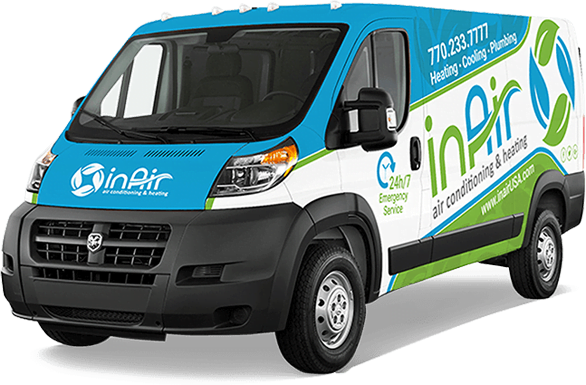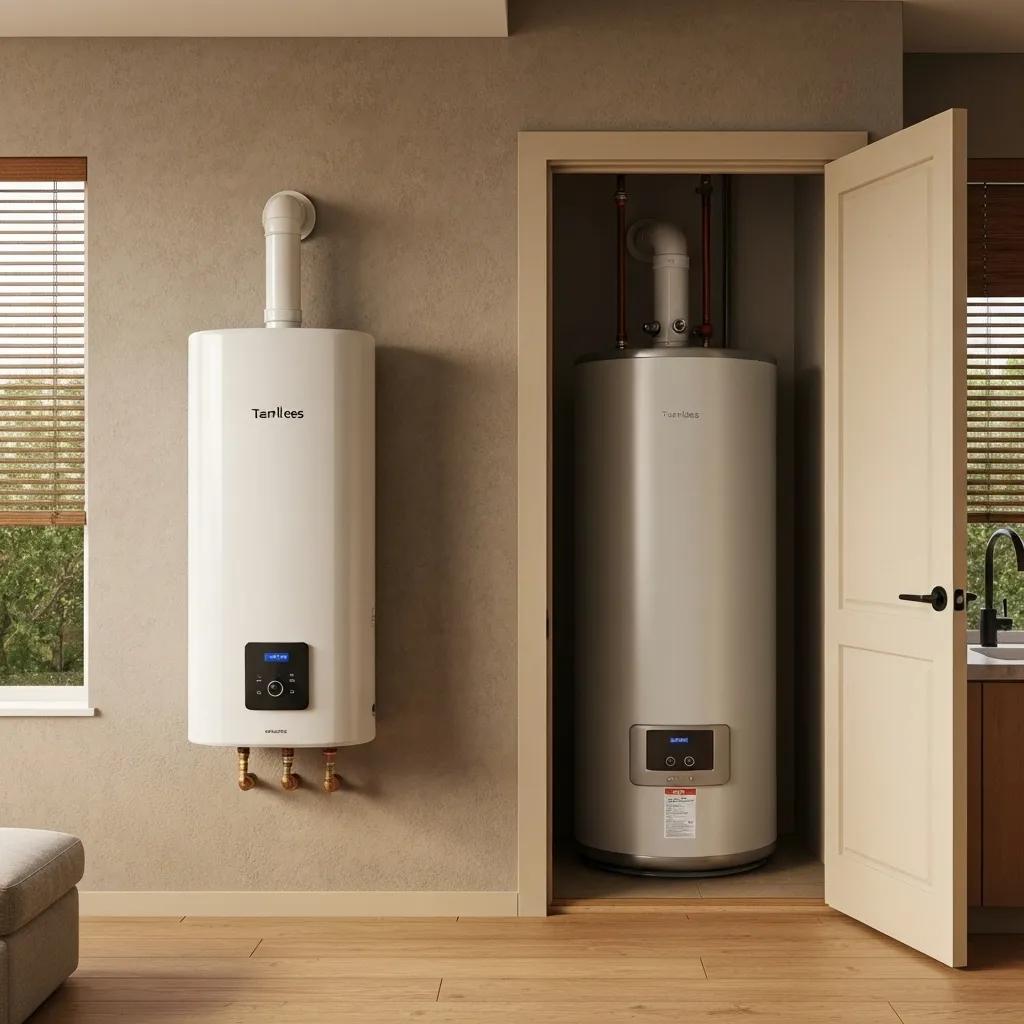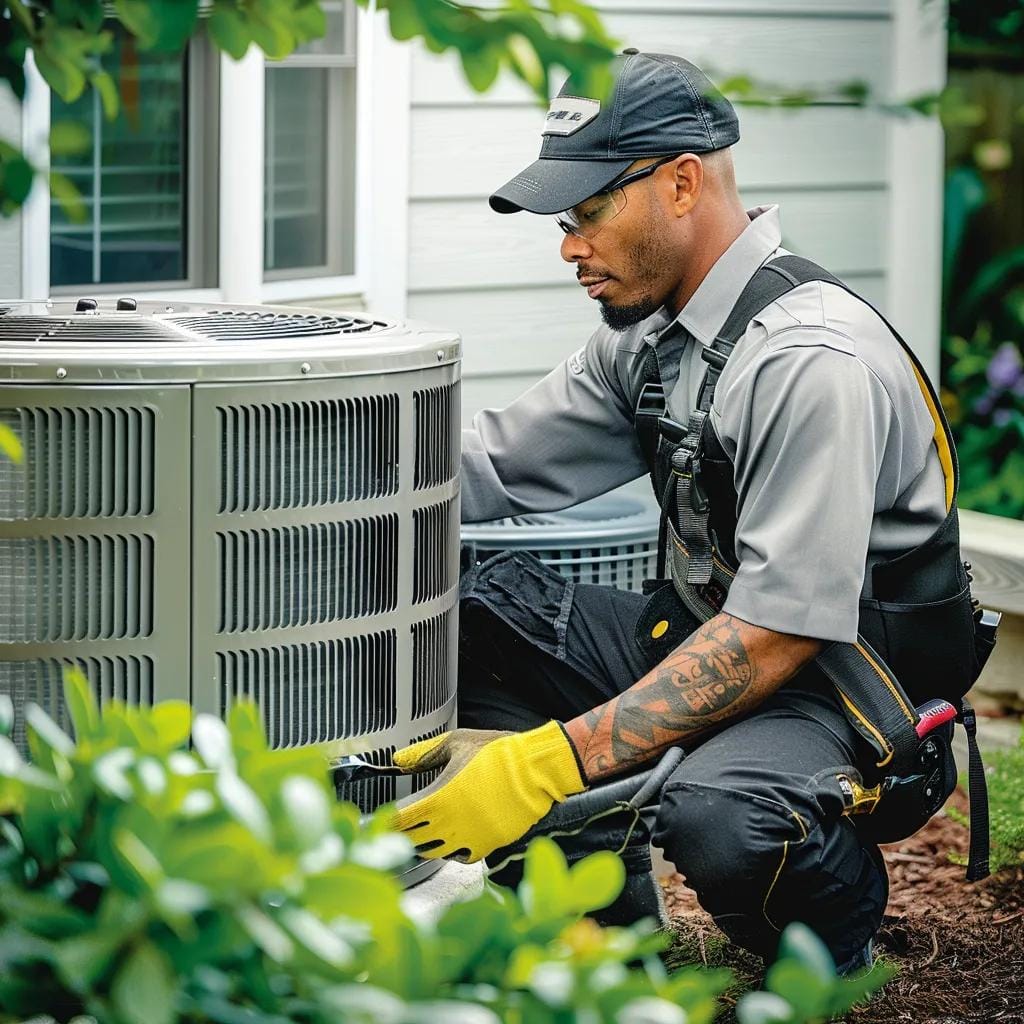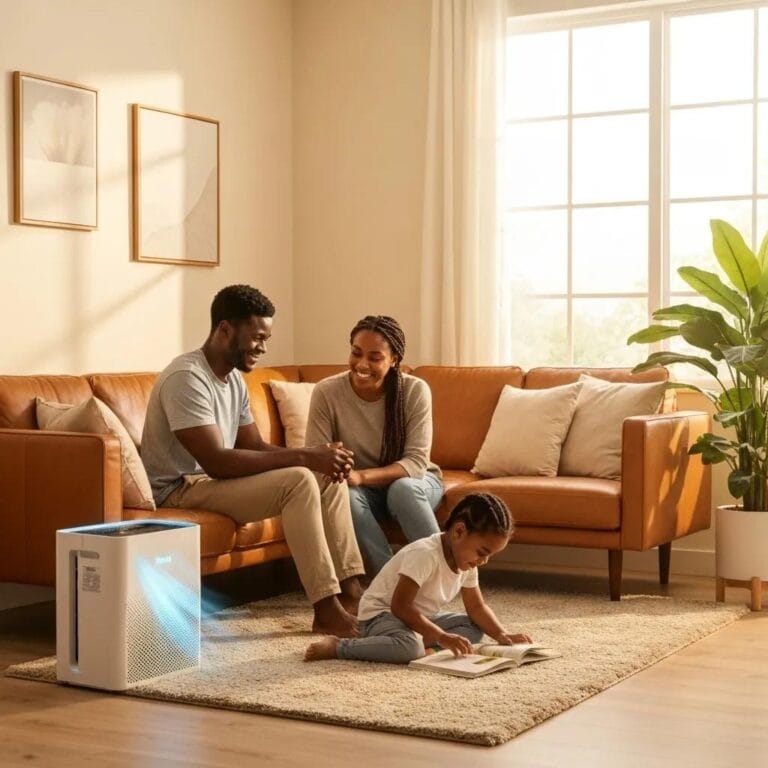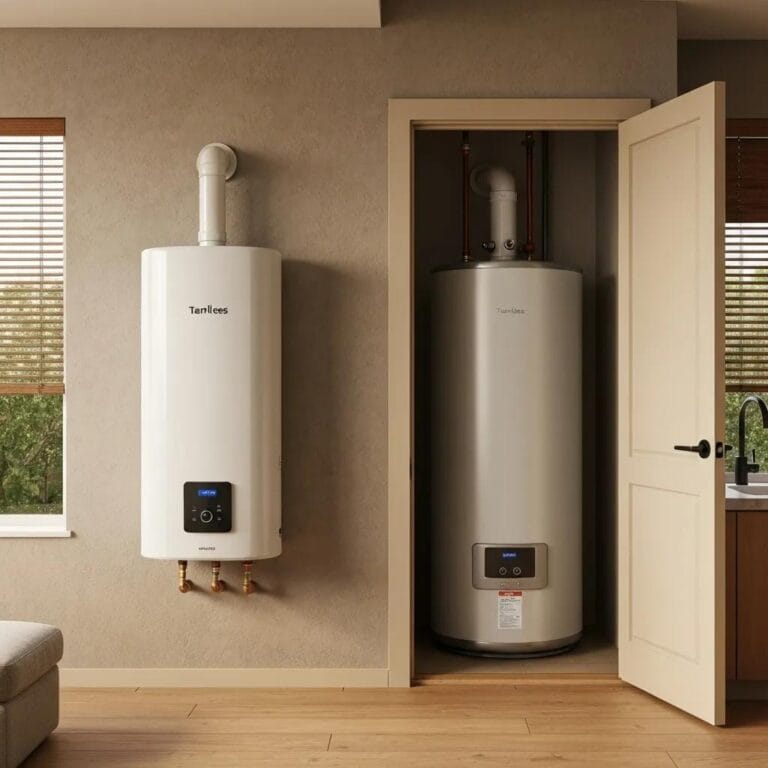As Atlanta homeowners look for smarter ways to stay cool in the summer and warm during the city’s occasional winter dips, ductless mini-split systems are quickly gaining attention. These compact, energy-efficient units offer flexible temperature control without the need for extensive ductwork, making them especially appealing for older homes, room additions, and smaller spaces. But is a ductless mini-split the right fit for your specific needs and lifestyle? In this guide, we’ll break down how these systems work, their pros and cons, and what you should consider before making the switch.
Ductless Mini-Split Atlanta: Smart Upgrade or Hype?
What Is a Ductless Mini-Split System and How Does It Work?

A ductless mini-split system delivers both heating and cooling directly to individual rooms without using a network of air ducts. Its core components are an outdoor condenser/compressor and one or more indoor air-handling units. Refrigerant pumps between these units carry heat in or out of each space. Because air is conditioned on the spot, temperature adjustments happen quickly and precisely. This direct exchange cuts out the energy losses that occur when conditioned air leaks from ductwork, making ductless systems inherently more efficient for zoned comfort control.
Key Components of a Ductless Mini-Split System
At the heart of a mini-split is the outdoor unit, which houses both the compressor that pressurizes refrigerant and the condenser coil that expels heat. Inside the home, slim air handlers mount on walls or ceilings. Each contains an evaporator coil and fan to distribute conditioned air into the room. A single conduit connects indoor and outdoor equipment, containing insulated refrigerant tubing, a condensate drain line, and low-voltage wiring for controls. This compact arrangement eliminates bulky duct runs, reduces dust buildup, and offers flexible placement options in nearly any room.
Heating and Cooling with a Reversible Heat Pump
Ductless mini-splits use a reversible heat pump to switch between cooling and heating modes. In cooling mode, warm indoor air passes over the evaporator coil, where refrigerant absorbs its heat and transports it outside. In heating mode, the system reverses: outdoor heat is pulled into the refrigerant and released indoors. An inverter-driven compressor adjusts its speed continuously to match real-time demand, avoiding the on/off cycling of conventional systems. This variable operation not only maintains steady temperatures but also reduces energy consumption and mechanical wear.
How Is a Ductless Mini-Split Different From How Mini-Splits Differ from Traditional HVAC SystemsTraditional HVAC Systems?
Traditional central HVAC relies on a network of ducts to move conditioned air from a single air handler to multiple rooms. Those ducts can leak up to 30 percent of the airflow, leading to higher energy bills and inconsistent temperatures. Ductless mini-splits dispense air directly where it’s needed, granting individual control over each zone. Installation is simpler and less invasive, especially in homes without existing ductwork or with tight spaces. Noise levels remain low, with much of the sound isolated in the outdoor unit. Because there are no ducts to clean or seal, ongoing maintenance is limited largely to filter cleaning and periodic professional checkups, which contributes to the system’s longevity and reliability.
What Are the Benefits of Installing a Ductless Mini-Split in Atlanta Homes?

Ductless mini-split systems deliver conditioned air precisely where it’s needed, making them well-suited for Atlanta’s hot summers and mild winters. By avoiding long runs of ductwork, they eliminate the energy losses—often up to 30 percent—that occur when air leaks from poorly sealed ducts. Modern inverter-driven compressors adjust their speed continuously, matching output to actual demand and avoiding the energy spikes seen in conventional systems. This efficiency translates into noticeable savings on monthly utility bills, helping homeowners recoup the initial installation cost over time.
Boosting Energy Efficiency
The heart of a ductless mini-split’s efficiency lies in its targeted delivery and variable-speed compressor technology. Instead of constantly cycling on and off at full capacity, the compressor ramps up or down in small increments to maintain a set temperature, which uses far less electricity. The absence of duct losses further enhances performance, and many newer models use refrigerants with lower global warming potential, aligning with environmental standards while keeping operating costs down.
Improving Indoor Air Quality
Because there is no ductwork to collect dust, pollen, or mold spores, mini-splits avoid the hidden air-quality issues often found in central systems. Each indoor unit is equipped with its own filter—ranging from washable mesh screens to multi-stage HEPA options—that traps airborne particles before they circulate in the living space. This direct filtration benefits allergy sufferers and anyone sensitive to dust or pet dander. Eliminating ducts also reduces the risk of moisture accumulation and mildew growth inside walls, supporting a healthier indoor environment.
Enhanced Comfort Through Zoned Control
One of the most valued features of ductless mini-splits is the ability to set different temperatures for individual rooms or “zones.” A single outdoor compressor can connect to multiple indoor handlers, each with its own controls. While a bedroom might stay cooler for better sleep, a living area can maintain a slightly higher temperature during the day, avoiding wasted energy on unoccupied spaces. Zone control also prevents the hot and cold spots that sometimes plague homes with uneven duct distribution, all while running more quietly than window units or central blowers.
Long-Term Cost Savings
Although a mini-split’s upfront price usually exceeds that of portable or window-mounted air conditioners, the system’s superior efficiency and minimal maintenance needs deliver savings over its lifespan. Installation requires only a small hole in an exterior wall for refrigerant lines and wiring, reducing labor costs compared to retrofitting ductwork. With fewer moving parts and no ducts to clean or repair, homeowners face lower service expenses. In many areas, local utility rebates and tax incentives for high-efficiency systems further reduce the net investment, making ductless mini-splits an economically sound choice for Atlanta residences.
How Much Does Ductless Mini-Split Installation Cost in Atlanta?

The price of installing a ductless mini-split system in Atlanta depends on several variables, including the size of your home, the number of indoor units you need, and the specific equipment you choose. While the upfront cost often exceeds that of a single window unit, homeowners quickly recoup the investment through lower utility bills and enhanced comfort. Typical installations for a two-zone system fall between $3,000 and $6,000, though larger homes or premium models can push that range higher.
Factors That Shape Installation Expenses
Several elements influence the final figure. First, each indoor air handler counts as an additional zone, so a four-room configuration costs more than a single-room setup. Higher-end brands and features—such as advanced inverter compressors, smart-home integration, or enhanced air filtration—carry premium price tags on both equipment and labor. Retrofitting an older home without existing ductwork is often simpler than installing a central system, but it can still involve electrical panel upgrades or steel reinforcements for mounting. Regional labor rates and permit fees also factor in, as does ease of access: running lines through finished walls or tight attic spaces takes extra time and care.
Local Incentives and Rebates
To encourage energy-saving improvements, Georgia Power and some municipal utilities offer rebates for systems meeting high SEER ratings. At the federal level, tax credits may apply to qualified heat-pump installations. These incentives can reduce out-of-pocket costs by several hundred dollars. Working with an experienced installer helps ensure that your chosen equipment and paperwork align with rebate requirements, so you receive the full available benefit.
Comparing to Traditional HVAC Expenses
Although central air conditioning may appear less expensive initially—especially if ducts already exist—mini-splits often outperform their ducted counterparts in total cost of ownership. Central systems lose conditioned air through leaks, drive up energy bills, and require regular duct cleaning. By delivering air directly to each zone, ductless systems avoid these losses, resulting in lower monthly utility charges. Installation labor is typically faster and less destructive, since only a small hole for refrigerant lines and wiring is needed instead of extensive duct runs.
Typical Installation Steps
A qualified technician begins with a site survey to map out ideal locations for each wall-mounted or ceiling-cassette unit and the outdoor condenser. After securing permits, the crew mounts the outdoor unit on a concrete pad or bracket, then drills a single three-inch hole per indoor unit to pass through the insulated refrigerant lines, condensate drain, and control wiring. Following a vacuum test to remove air and moisture from the lines, the system is charged with refrigerant, and electrical connections are made to a dedicated breaker. Final testing ensures correct refrigerant pressures, balanced airflow, and proper thermostat operation. A brief walkthrough with the homeowner covers basic maintenance, filter cleaning, and control use—completing an installation that typically takes one to three days, with minimal impact on the home’s structure.
Choosing the Right Mini-Split Brand for Atlanta’s Climate

Selecting a ductless mini-split that thrives in hot, humid conditions is essential for Atlanta homes. Units need strong dehumidification capabilities and reliable cooling power during long summer days. Look for brands with proven inverter technology, quiet operation, and robust warranties. A system that maintains performance under variable loads will keep indoor humidity in check and prevent excessive energy use.
Key Features to Prioritize
High SEER (Seasonal Energy Efficiency Ratio) and EER (Energy Efficiency Ratio) ratings indicate how well a unit cools with minimal electricity. Inverter compressors that vary their speed to match demand not only stabilize temperature but also lower energy spikes. Pay attention to manufacturer warranties on compressors and heat exchangers, as comprehensive coverage reflects confidence in long-term reliability. User-friendly controls—whether through a sleek remote, smartphone app, or integration with a home automation platform—simplify daily operation and system scheduling. Finally, consider units with advanced filtration options to trap dust and allergens, enhancing indoor air quality.
Comparing Top Brands
Mitsubishi Electric, Daikin, and Fujitsu consistently rank highly in efficiency tests and customer satisfaction surveys. Mitsubishi Electric models are praised for whisper-quiet operation and excellent humidity control, making them popular in regions with oppressive summer heat. Daikin offers solid performance across a wide range of capacities, paired with a strong dealer network and support for seasonal maintenance. Fujitsu balances affordability with flexible installation options, allowing for multi-zone setups that adapt to various floor plans without sacrificing comfort.
Models Suited to Humid Subtropical Conditions
In Atlanta’s climate, units designed specifically for dehumidification and rapid temperature swings stand out. Mitsubishi Electric’s M-Series and Daikin’s VRV 4 line both feature moisture management modes that pull excess humidity from the air without overcooling. Their outdoor units maintain capacity even when temperatures soar above 95°F. These characteristics translate into fewer “muggy” hours indoors and lower reliance on whole-house dehumidifiers or air exchangers.
Finding Reliable Reviews and Feedback
To gauge real-world performance, consult independent sources such as Consumer Reports or HVAC-focused sites. Local contractor testimonials can shed light on how specific models handle Atlanta’s summer peaks and occasional cold snaps. Case studies from area installers often include energy-use comparisons and homeowner satisfaction levels, giving you concrete data on appearance, sound levels, and seasonal efficiency. By combining national efficiency ratings with local insights, you can select a mini-split system that delivers comfort, savings, and peace of mind in Georgia’s varied climate.
How Do You Maintain and Repair a Ductless Mini-Split System in Atlanta?
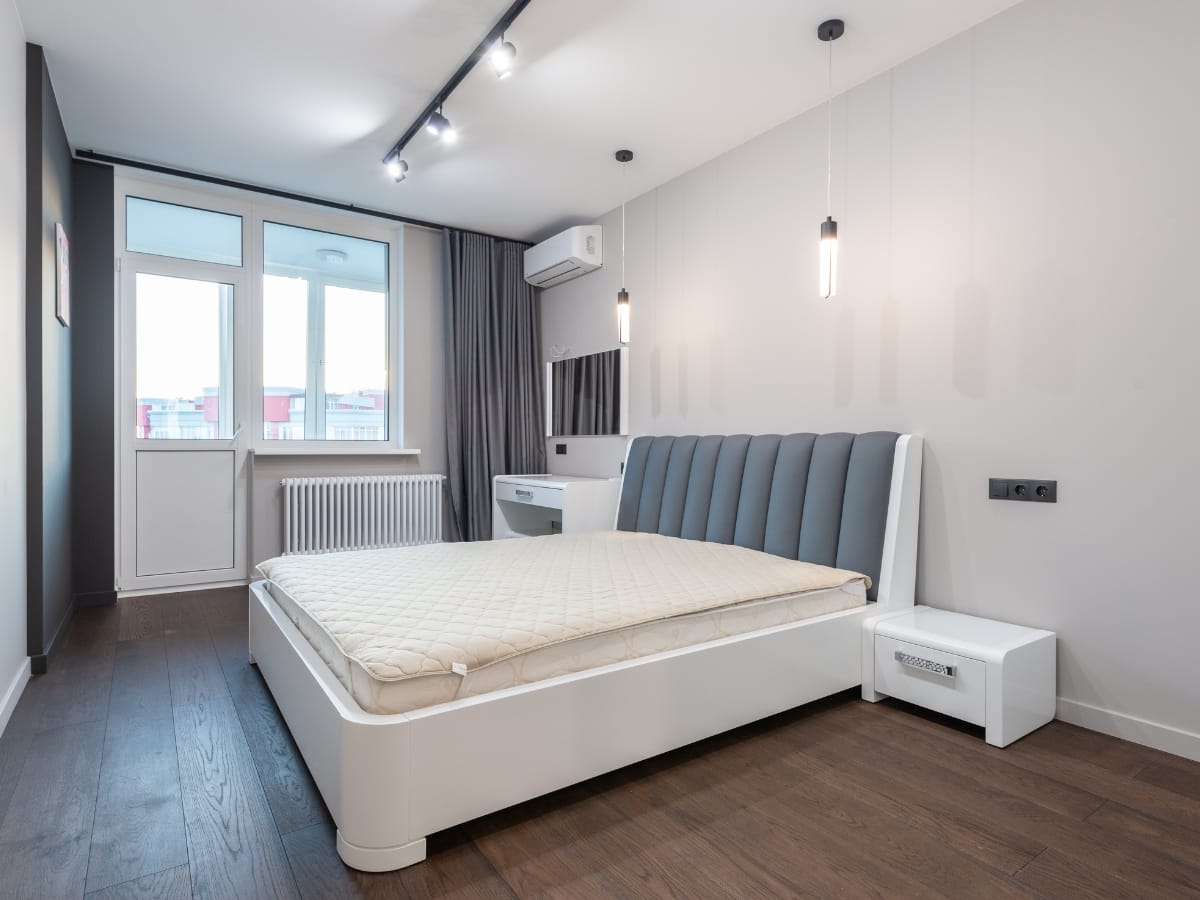
Keeping your ductless mini-split running smoothly in Atlanta’s hot, humid summers and cool winters starts with basic homeowner care. Monthly air filter cleaning—or replacement if disposable—ensures unrestricted airflow and reduces strain on the fan motor. Wipe down the indoor unit’s exterior and vacuum vents to prevent dust accumulation. Around the outdoor condenser, remove leaves, grass clippings, and debris so that airflow through the condenser coil remains unobstructed. Clear space of at least two feet around the unit. Periodically inspect the refrigerant lines for signs of wear or frost buildup, which can indicate a pressure imbalance.
Professional Checkups and Seasonal Servicing
Even with diligent homeowner upkeep, annual professional service keeps mini-splits in top form. A qualified technician will verify electrical connections, test safety switches, and confirm that the inverter compressor maintains proper refrigerant pressures. They’ll also clean and inspect coils, check condensate drains for blockages, and recalibrate sensors if needed. This comprehensive inspection prevents small issues—like a loose wire or a developing refrigerant leak—from turning into costly breakdowns in peak demand months.
Diagnosing and Repairing Common Issues
Several problems can arise if maintenance lapses. Clogged filters or blocked coils often manifest as weak airflow or reduced cooling capacity; cleaning or replacing the filter and clearing the coil restores normal operation. Refrigerant leaks show up as icing on lines or poor temperature control; repairing these requires a certified technician to locate and seal the leak before recharging the system. Sensor faults may trigger error codes or erratic cycling; professional recalibration or sensor replacement resolves these issues safely. Unusual noises—rattling, hissing, or grinding—warrant immediate attention to prevent larger mechanical failures.
When to Seek Professional Help
If temperature settings no longer match room conditions, you hear persistent abnormal sounds, or the unit displays error messages, call a trained HVAC technician. Attempting DIY repairs on electrical components or refrigerant circuits can void warranties and pose safety risks. Prompt professional intervention not only restores comfort faster but also extends the overall lifespan of your system. By combining regular homeowner maintenance with scheduled professional inspections, your ductless mini-split will deliver efficient, reliable comfort in every Atlanta season.
How Does Regular Maintenance Extend System Lifespan and Efficiency?
Routine maintenance minimizes wear on critical components like the compressor and helps detect issues early, reducing repair costs and lowering energy consumption. Regular service leads to fewer breakdowns and maintains consistent indoor comfort.
Energy Savings Through Targeted Conditioning
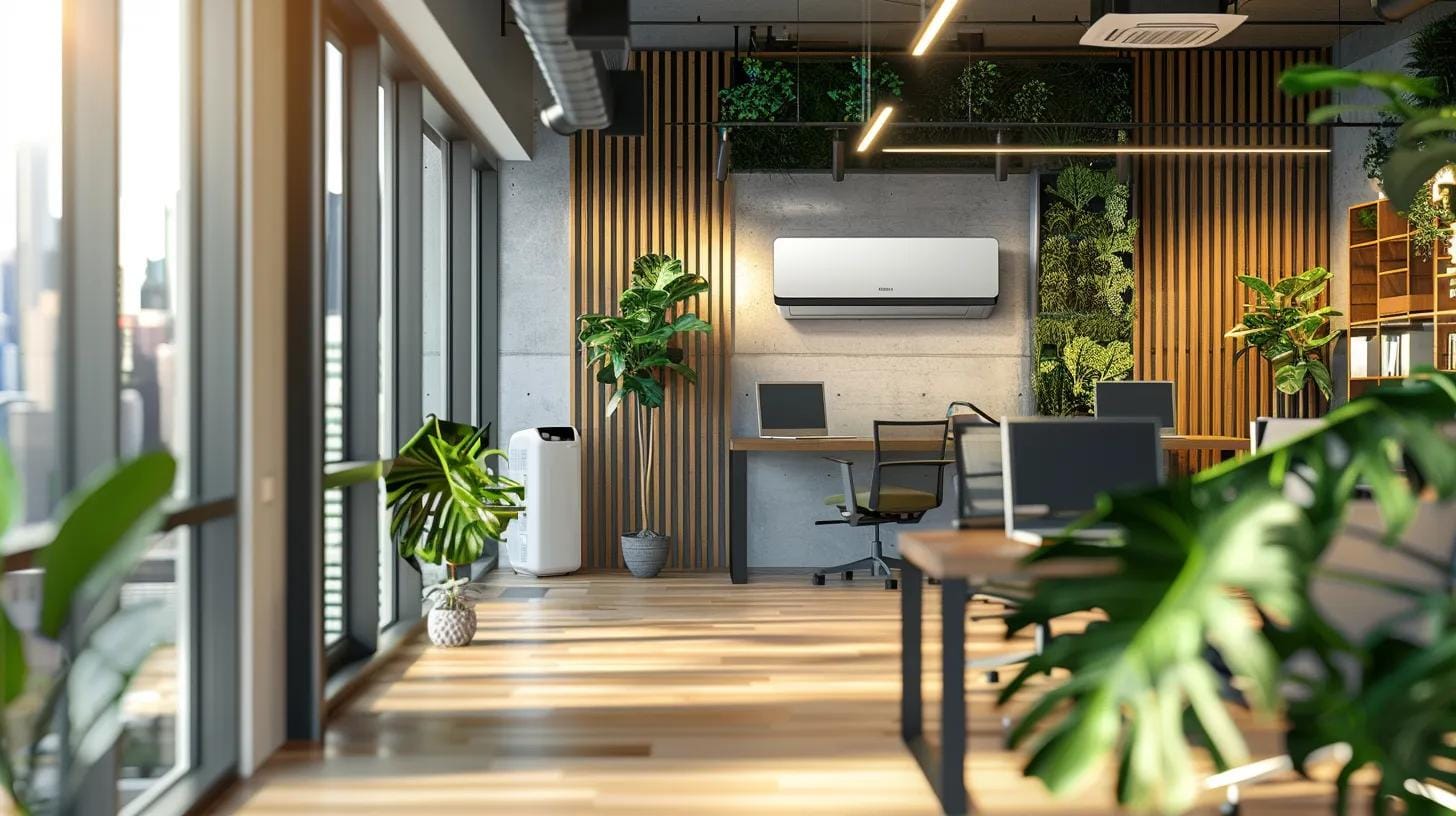
Ductless mini-split systems cut energy use by delivering heated or cooled air directly into the rooms that need it most. Unlike central systems that push air through ductwork—losing up to 30 percent in leaks and heat transfer—mini-splits move refrigerant rather than air through insulated lines. This design, combined with inverter technology, allows the compressor to run at varying speeds instead of cycling on and off at full power. As a result, mini-splits operate more quietly and use only the energy necessary to maintain a set temperature, reducing waste and lowering utility bills.
High SEER and EER Ratings
Modern ductless units typically carry Seasonal Energy Efficiency Ratios (SEER) from the high teens into the mid-20s, with top models reaching 30 or more. Their Energy Efficiency Ratio (EER), which measures efficiency under steady-state conditions, often exceeds 12. By comparison, many conventional central air systems fall between 13 and 16 SEER and have lower EER ratings. Higher SEER and EER figures translate into significant energy reductions: when you replace an older, inefficient system with a mini-split rated at 20 SEER, cooling costs can drop by 20 to 30 percent.
Zoned Control to Avoid Waste
One of the biggest energy draws in a home is conditioning unoccupied rooms. Ductless mini-splits eliminate this waste by allowing independent temperature settings for each air handler. During the day, living areas can be cooled to a comfortable level while bedrooms remain untouched; at night, you switch focus to sleeping quarters without re-cooling the entire house. This precise zoning not only enhances individual comfort but also amplifies savings, because you only pay to cool or heat the spaces in use.
Estimating Your Savings
Calculating potential energy savings is straightforward with online tools that factor in your current system’s efficiency, local climate data, and home insulation values. By comparing your existing SEER rating to that of a proposed mini-split, you can estimate annual cost reductions. For example, a household spending $2,000 yearly on cooling with a 10 SEER system might see expenses fall to $1,500 after upgrading to a 20 SEER mini-split.
What Are the Environmental Benefits of Using a Mini-Split System?
Lower energy consumption directly cuts carbon emissions from power generation. Many mini-split manufacturers also use refrigerants with reduced Global Warming Potential (GWP), further lessening environmental impact. When you choose a high-efficiency ductless system, you not only enjoy smaller utility bills but also support broader sustainability goals by reducing your home’s carbon footprint.
Why Choose a Local Atlanta HVAC Company for Your Ductless Mini-Split Needs?
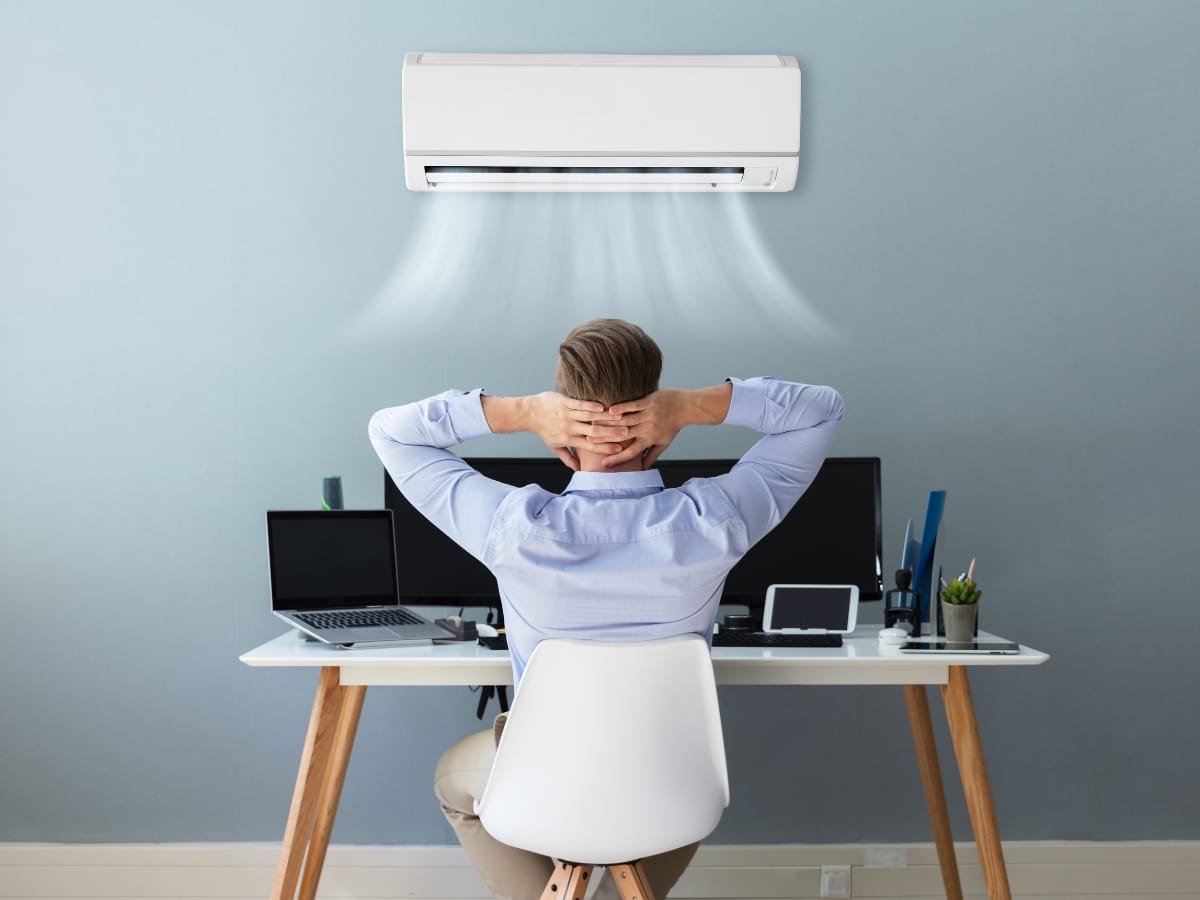
Choosing a local Atlanta HVAC contractor for your ductless mini-split project means tapping into expertise grounded in the region’s specific needs. Local companies are familiar with Atlanta’s hot, humid summers and milder winters, so they know how to size systems and position indoor units for maximum efficiency and comfort. Because they serve the same communities year after year, these contractors build reputations on reliable work and responsive service, ensuring you receive consistent follow-up and support long after the installation is complete.
Leveraging Atlanta’s Climate Knowledge
Atlanta’s climate poses unique challenges: high moisture levels, frequent storms, and occasional cold snaps. A local technician understands how humidity can strain heat pumps and how to protect outdoor condensers from debris or temperature extremes. They will recommend placement that balances airflow, sunlight exposure, and maintenance access—siting an outdoor unit under a shaded eave or raised on a platform to avoid flooded gravel beds. This climate-informed approach helps your mini-split maintain peak performance through sweltering July days and damp spring weather.
Navigating Building Codes and Permit Requirements
Installing a mini-split involves more than mounting equipment and running lines. Atlanta’s building codes require specific clearances, electrical standards, and safe refrigerant handling. Local HVAC firms know the permit process inside and out, submitting plans and scheduling inspections on your behalf. This saves you from unexpected delays or costly rework due to noncompliance. By handling paperwork and coordinating with city inspectors, your contractor ensures that the system meets all municipal and state regulations from day one.
Transparent Pricing and Ongoing Warranty Support
Reputable local providers deliver detailed estimates that break out equipment cost, labor, permit fees, and any necessary site work. This transparency prevents surprise invoices and lets you compare quotes with confidence. After installation, Atlanta HVAC companies stand by their work with clear warranty policies on parts and labor. If an issue arises—whether a refrigerant leak, electrical fault, or control malfunction—the same team that performed your installation is available to diagnose and repair under warranty terms. This continuity simplifies troubleshooting and keeps your system running smoothly.
Frequently Asked Questions
Q: What is a ductless mini-split system? A: It is a heating and cooling system that operates without ducts, featuring an outdoor condenser and indoor air handlers for zoned control and energy efficiency.
Q: How do ductless mini-splits improve energy efficiency? A: They eliminate duct losses and use inverter technology to adjust output based on demand, saving up to 30% on energy bills.
Q: What maintenance does a ductless mini-split system require? A: Regular cleaning or replacement of filters, clearing the outdoor unit of debris, checking refrigerant levels, and annual professional inspections.
Q: Can ductless mini-split systems work in all Atlanta homes? A: Yes. Their modular design makes them suitable even for older homes where retrofitting ductwork isn’t feasible.
Q: How do zoning capabilities benefit home comfort? A: They allow individual rooms to be controlled independently, ensuring optimal comfort and reduced energy waste.
Q: Are there any local rebates for installing ductless mini-split systems in Atlanta? A: Many local and federal programs offer incentives to reduce installation costs for energy-efficient systems.
Q: How does a ductless mini-split compare to a traditional HVAC system? A: It offers more precise zoned control, lower installation costs, and improved energy efficiency with simpler maintenance and better air quality.
Final Thoughts
When considering home cooling and heating solutions in Atlanta, ductless mini-split systems offer unmatched flexibility, efficiency, and comfort—especially for homes without existing ductwork. At inAir Heating & Air, we specialize in helping homeowners determine if this innovative system is the perfect fit for their unique needs. Our expert technicians provide personalized consultations and top-tier HVAC services to ensure year-round climate control. Ready to explore your options? Call us today at (770) 233-7777 or visit our website to submit an HVAC request form. Let inAir Heating & Air design a customized solution that keeps your home comfortable in every season.




